Growing up as a sickly child, German physical
trainer Joseph Pilates was determined to find an
exercise to recover and build
his frail body. Having studied yoga, martial arts, Zen meditation, and Greek
and Roman exercises, he created a blended practice known as Pilates.
اضافة اعلان
This practice is a low-impact resistance
training that became popular once introduced in the
US in 1923. Since then, it
has been used for rehabilitation and holistic exercise. Pilates has experienced
a boom in popularity in the last decade. It aims to join body and mind to
create more economic movements that mimic and expand upon our natural everyday
motions.
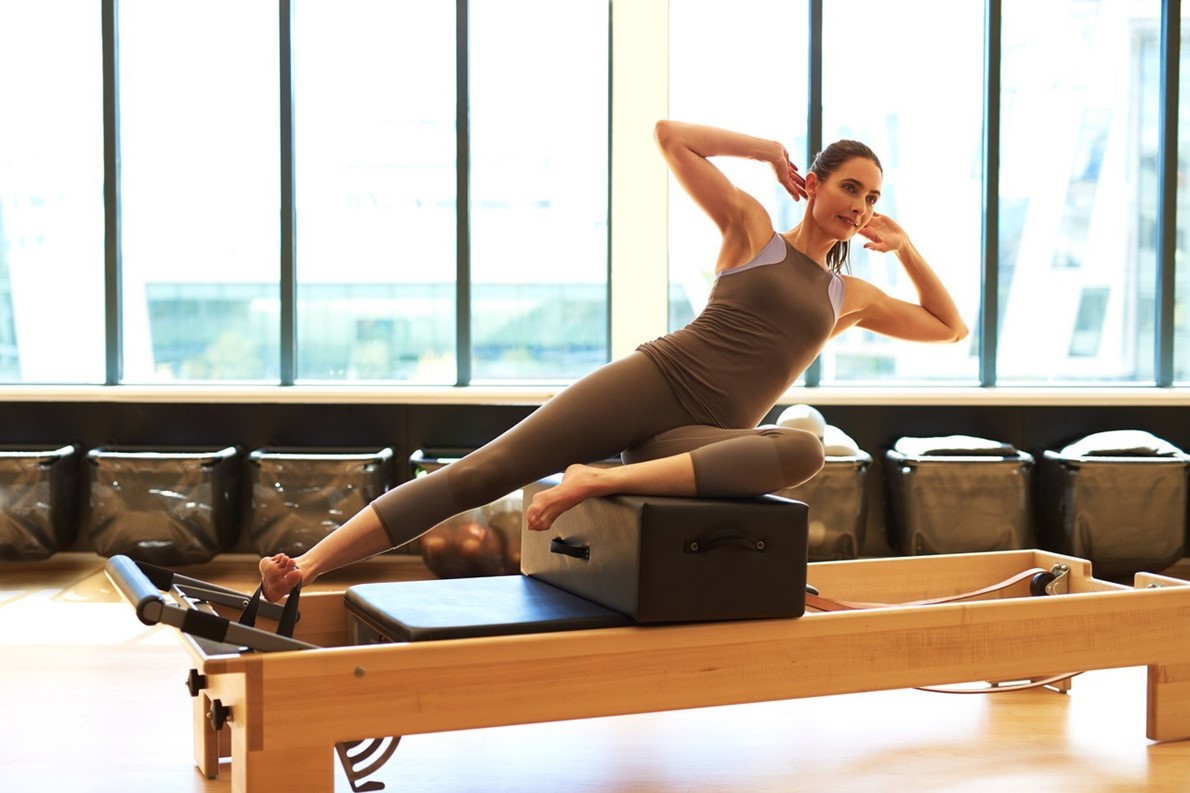 What is Pilates?
What is Pilates?
The ultimate goal of
Pilates is the union of
body and mind in a way that allows for optimal and instinctual mechanical
balance and strength. There are six central elements of Pilates: Centering,
Concentration, Control, Breath, Precision, and Fluidity.
• Centering
The body's core is from the shoulders to the
hips and serves as the main power source for most movements. Mastery of this
principle will facilitate the practice of all other principles, allowing them
to blend into each other seamlessly.
Centering begins with stabilizing the spine.
For example, one technique known as abdominal hollowing draws the navel (belly
button) to the spine. It protects the spine, providing a stronger support
system by engaging the deep abdominal muscles.
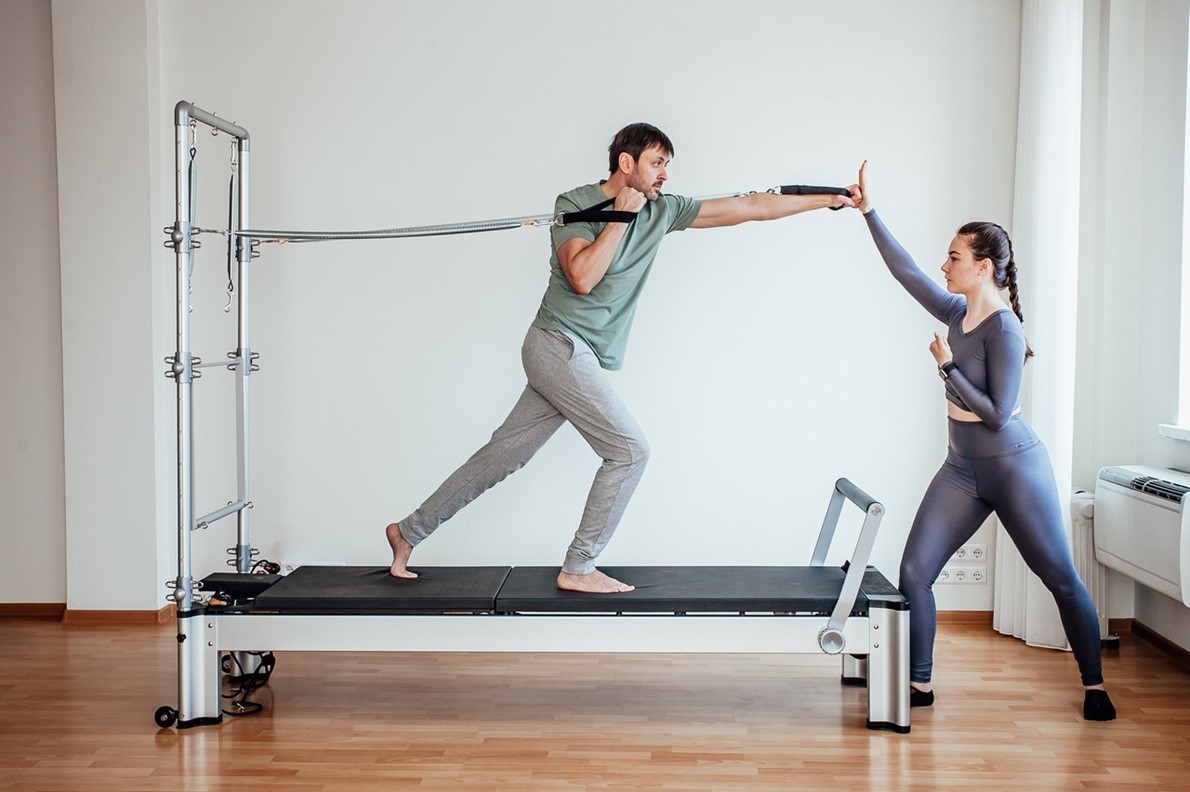
As a result, this can improve posture,
alleviate certain daily standing and sitting aches, and build strength
systemically.
• Concentration
One of the unique aspects of Pilates is the
holistic approach to training. The mind is just as important to train. When
performing
exercises, there is an emphasis on ensuring smooth movements. The
main technique used is movement visualization, which is simply imagining the
motion before and during its conduction.
• Control
Control is having full reign over your own
body, which can be achieved by combining the first two principles. When the
exercise originates from the core and is done with mindfulness, the movements
will be exactly how they are imagined with the appropriate strength.
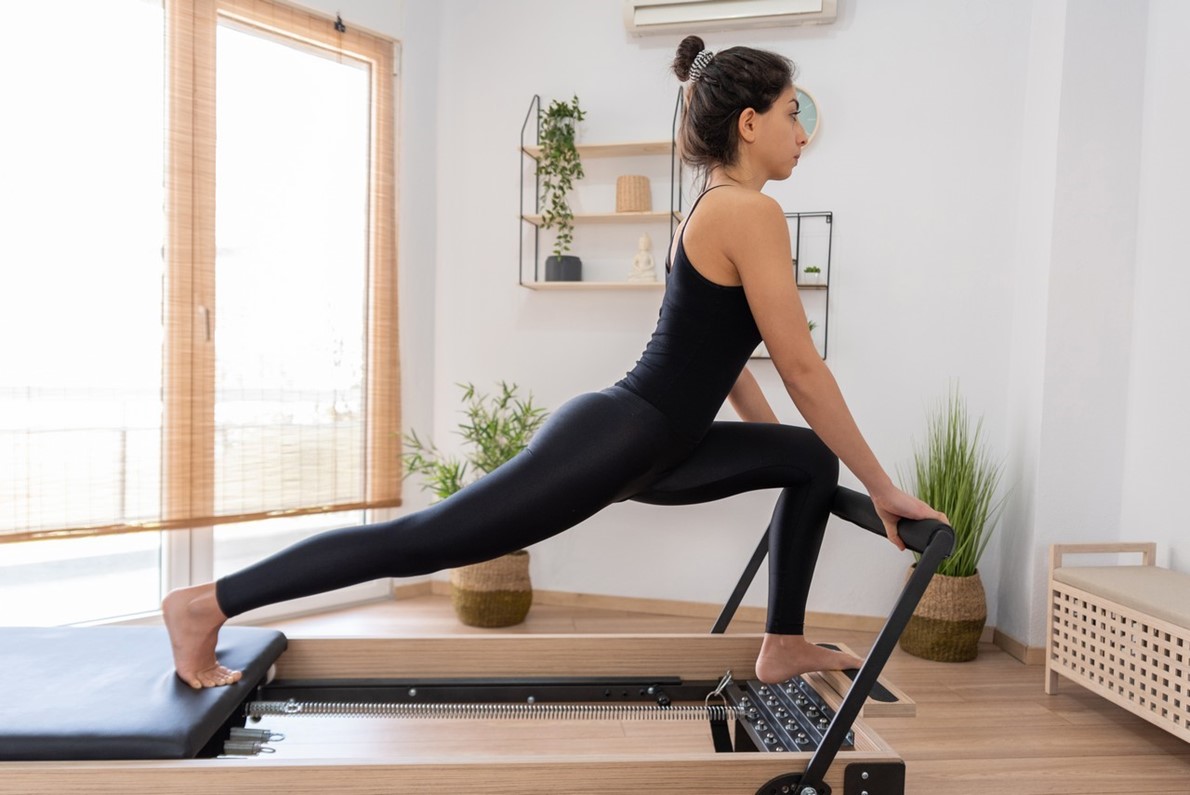 • Breath
• Breath
Proper
breathing techniques are considered to
be fundamental in Pilates. A forced “belly” breathing method is the most
commonly used technique. This form of deep breathing engages the core and
enriches the body’s tissues with oxygen, thus improving circulation.
Additionally, it will help improve mental function, which relates to concentration
and movement ease, which relates to control.
• Precision
The quality of movements is of greater
importance than the quantity. With mindfulness of alignment and trajectory of
each body part, the focus should be on achieving a precise and perfect
movement.
• Fluidity
Pilates exercises should be performed as a
graceful flow of motions rather than static, isolated movements following each
person’s breathing rhythm.
By practicing fluent transitions, the flow
achieved will create more purposeful movements in everyday life. Mastery of
this principle is what can set beginners and advanced practitioners apart.
Physical and mental benefits
There are many benefits to the physical body
with Pilates's holistic approach as it targets multiple
muscles at once, evenly
training the entire body.
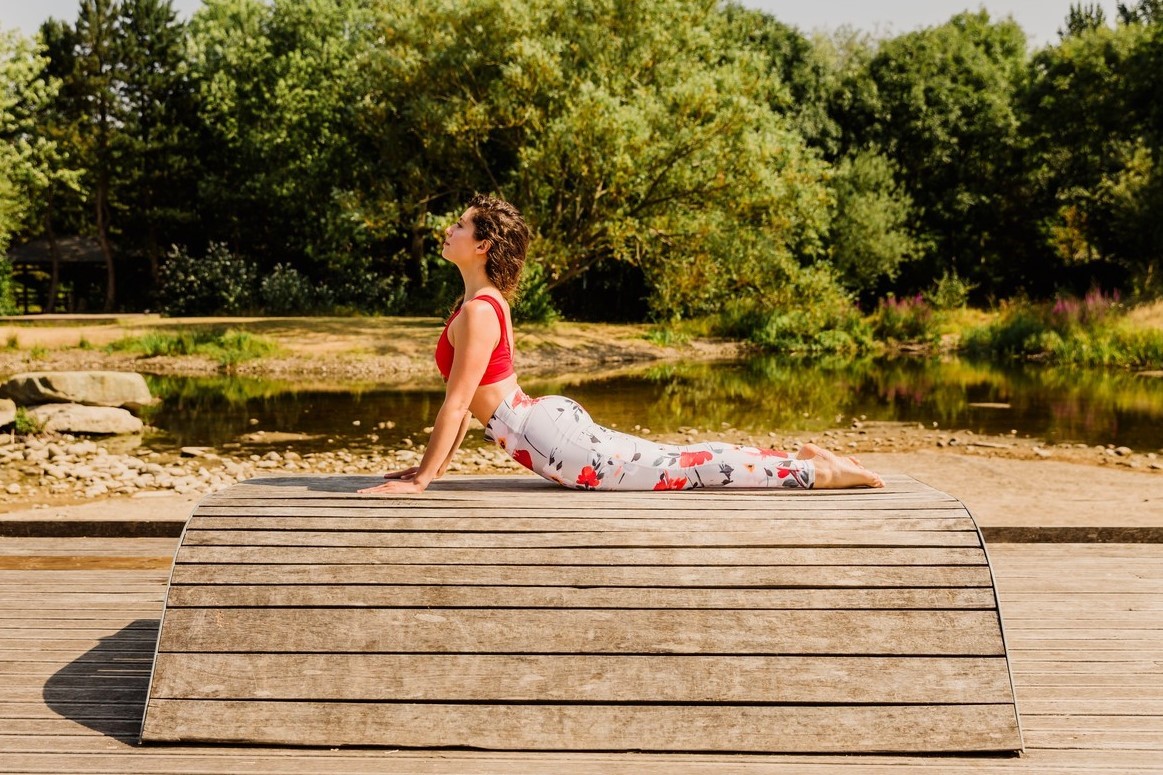
By incorporating various positions and planes,
such as sitting, lying, and standing, your muscles are worked from every angle.
Over time, this will provide a deep and uniform tone that can sculpt your
physique.
The more you engage your muscles, the more
defined they become.
When paired with an appropriate healthy diet,
you can change your shape completely. As it uses natural motions and body
weight, Pilates can produce a lengthened, sculpted, yet natural figure.
Additionally, everyday tasks such as carrying
groceries, doing housework, and
climbing stairs may become much easier.
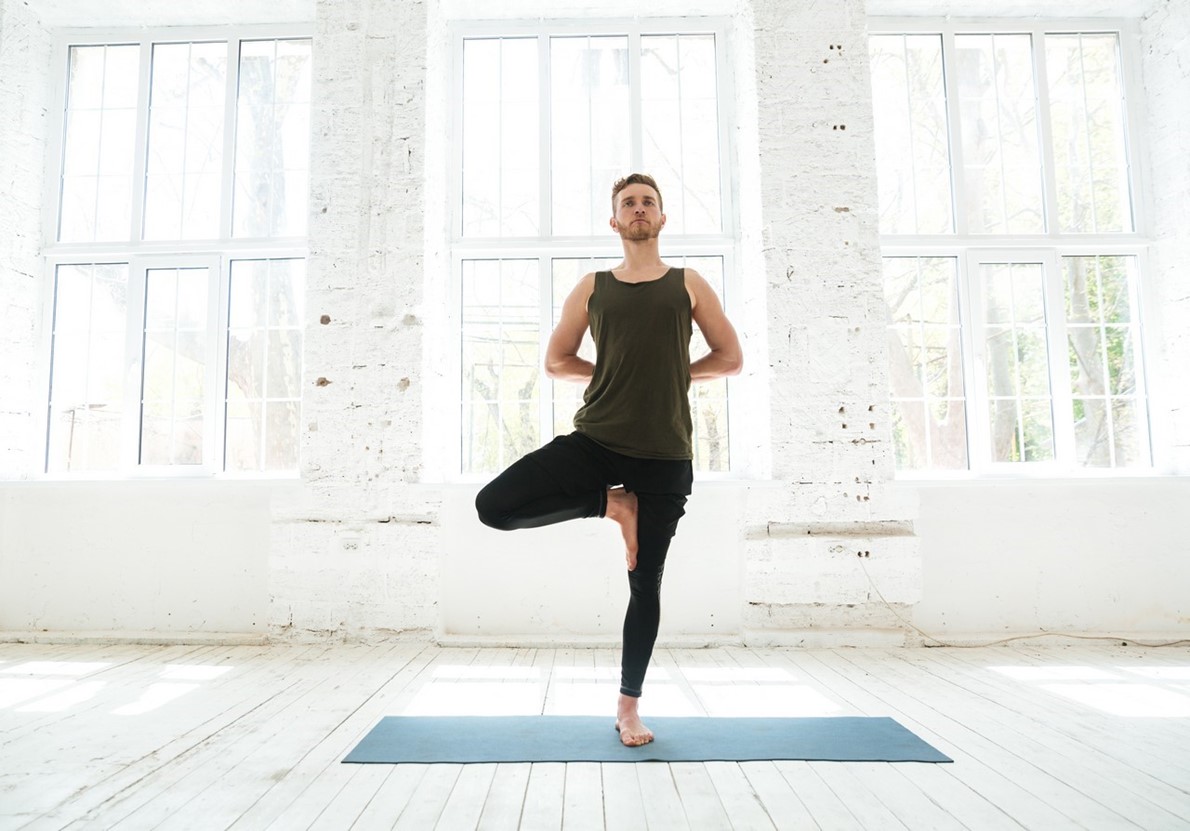
Pilates has other unique advantages that can
prove more beneficial than other forms of
physical activity. Poor alignment is
a major cause of everyday aches and pains and restricted movement.
When our skeleton is misaligned, our muscles
are held at suboptimal lengths, causing stress on the muscles, ligaments, and
joints. Pilates can help correct misalignment, which can alleviate the impact
of gravity on your spine and joints, reduce the risk of strain, and improve
posture in general.
Similarly, Pilates can also help improve
flexibility. Having a full range of motion is the core for most forms of
exercise, and keeping your movements unrestricted will free the tension in your
muscles. This will further improve posture and help joints stay healthy. The
more flexible a joint is, the more immunity it has to the wear and tear aging
puts on it. This is especially important for people with arthritis and other joint
conditions. Additionally, flexibility will improve circulation, leading to
better skin and hair health and more energy.
Endurance, which preliminarily comes from
mental strength and persistence, can be built using the principles of
concentration. In conjunction with physical endurance, mental fortitude will
also begin to increase. Like most exercises, Pilates can relieve stress by
releasing “feel-good hormones” called endorphins. However, due to its unique
cognitive training, Pilates also has additional advantages over other forms of
exercise, such as
weightlifting. It forces you to focus on each movement of
your body at that moment rather than on the stresses of life.
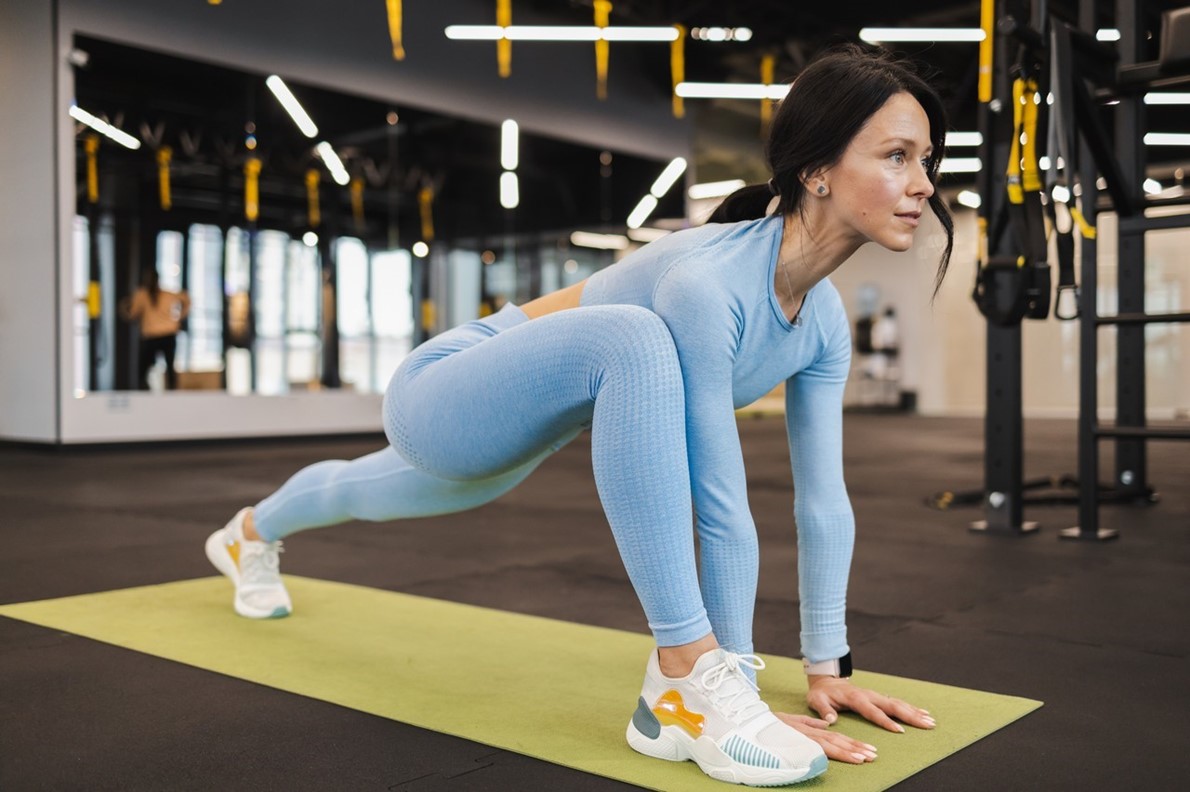
A 2009 study comparing Pilates to a form of
martial arts known as Taiji Quan showed that the individuals who practiced
Pilates had a significantly increased mood and self-efficacy. Both groups
experienced an equal improvement in sleep quality, strength, and balance.
Health benefits
Pilates change the lives of people suffering
from various ailments tremendously. As a result, it has often been incorporated
into many
physical therapy and rehabilitation regimens for those with a certain
condition.
A common problem affecting many people is
lower back pain which can result from long hours spent in a chair, the focal
point of Pilates, centering, integrates stabilization and elongation of the
spine into most exercises. A 2006 study concluded that Pilates can be more
efficacious than normal care for individuals with chronic lower back pain. A
2009 study also supported this, adding that after just 15 sessions, patients
showed an improved weight distribution while walking and reduced pain.
Pilates has also become quite popular in the
older population due to its benefits for certain conditions such as arthritis,
considering exercise is extremely important in alleviating the symptoms.
Exercises must not cause any additional stress
on the joints, such as running, but must also build muscle and increase
flexibility around the joints. Pilates, which perfectly achieves those goals,
is cheap, accessible, and easy.
For health care providers of elderly patients,
fall prevention is a primary concern. A study of elderly subjects, ages 65-81,
in a 10-week Pilates training program showed that Pilates was safe when performed
correctly and improved postural stability and balance, which can help prevent
falls.
Pilates in Jordan
To experience Pilates group lessons, many gyms
and dance studios around Jordan offer classes.
The Salida Dance Studio in Al-Rawabi offers
Pilates classes using equipment such as the Reformer, the chair, and the tower
five times a week.
The GX Gym for women and children and the
Fitness One Vega Gym also offers group Pilates classes in Amman.
Read more Health
Jordan News



